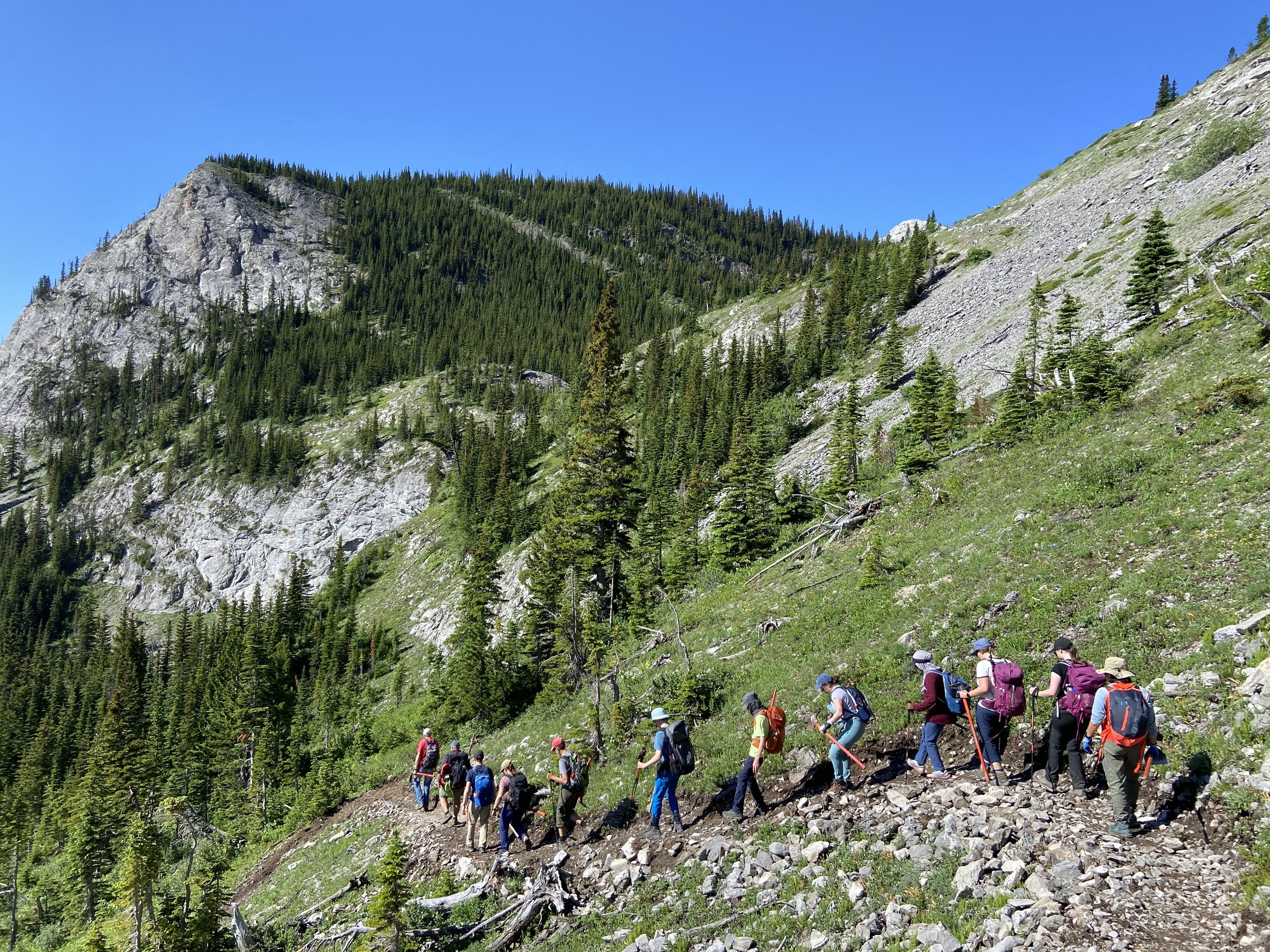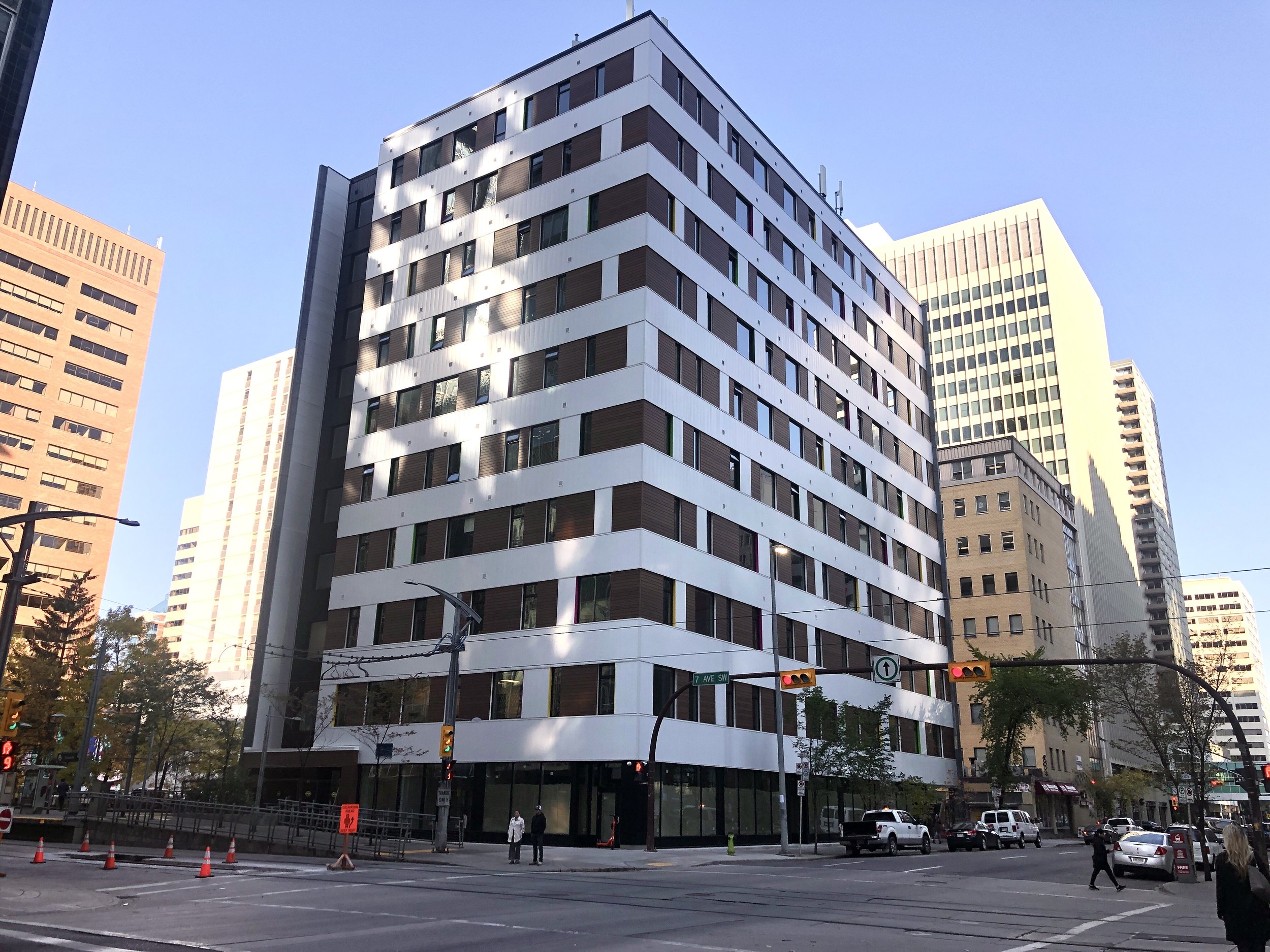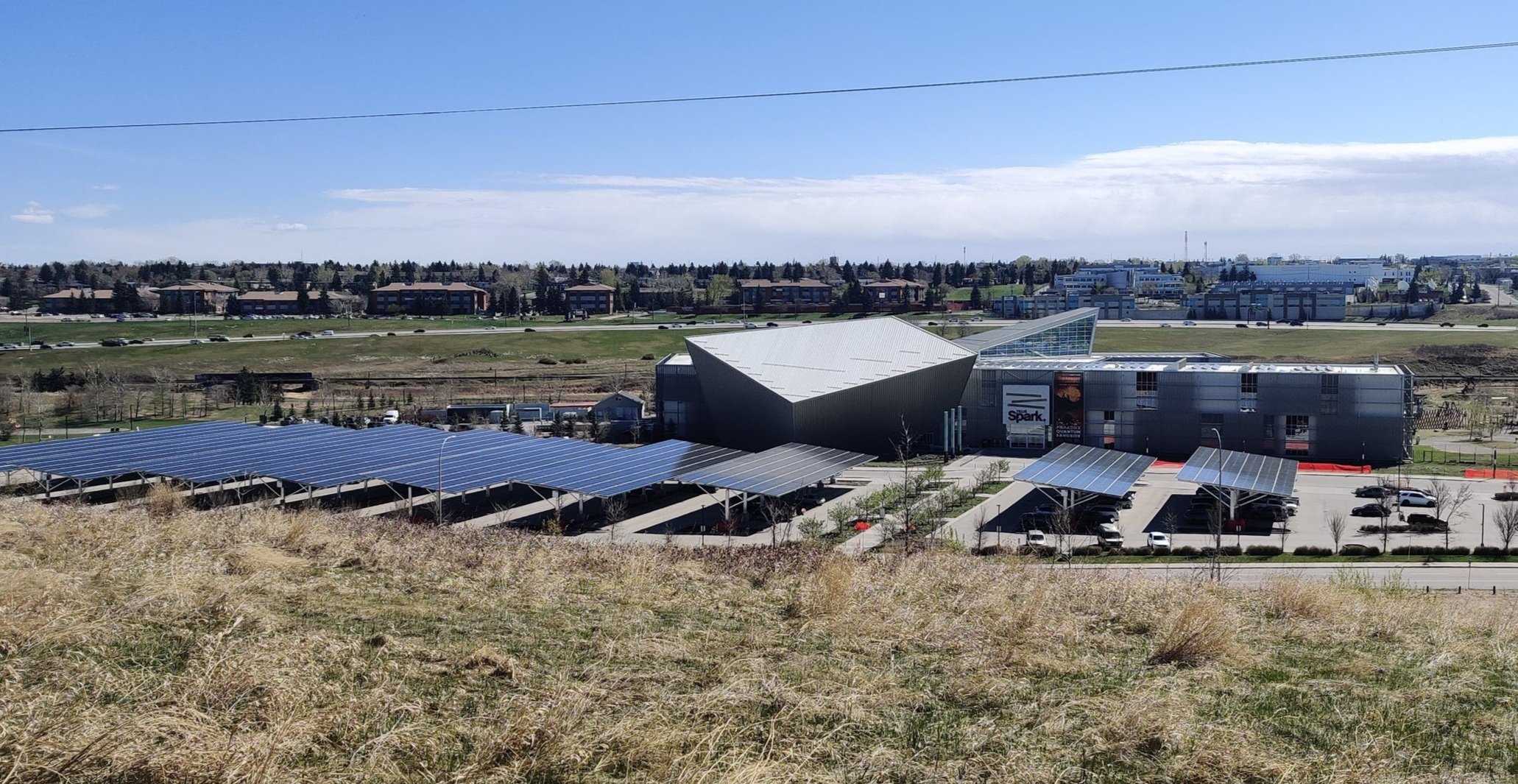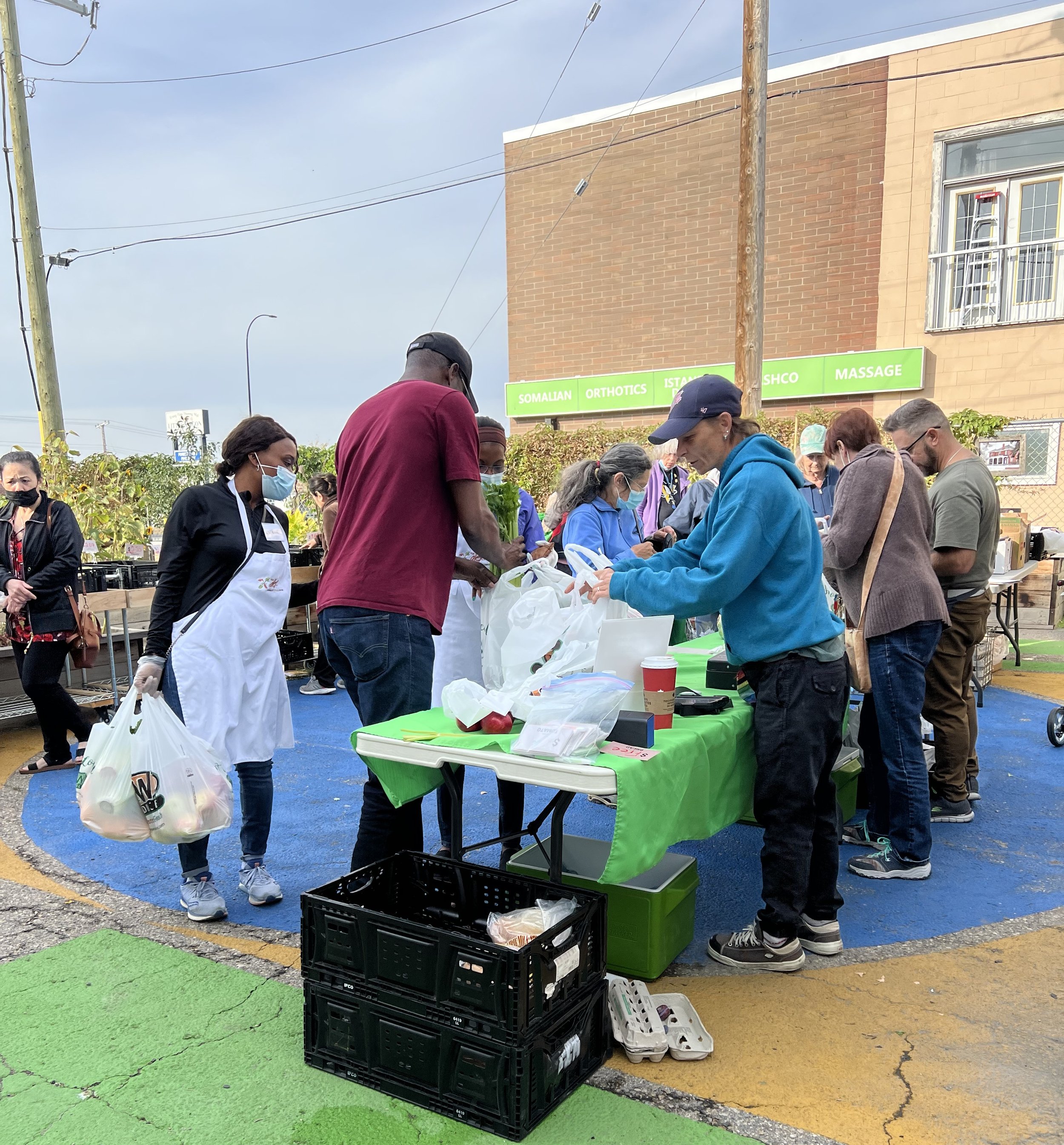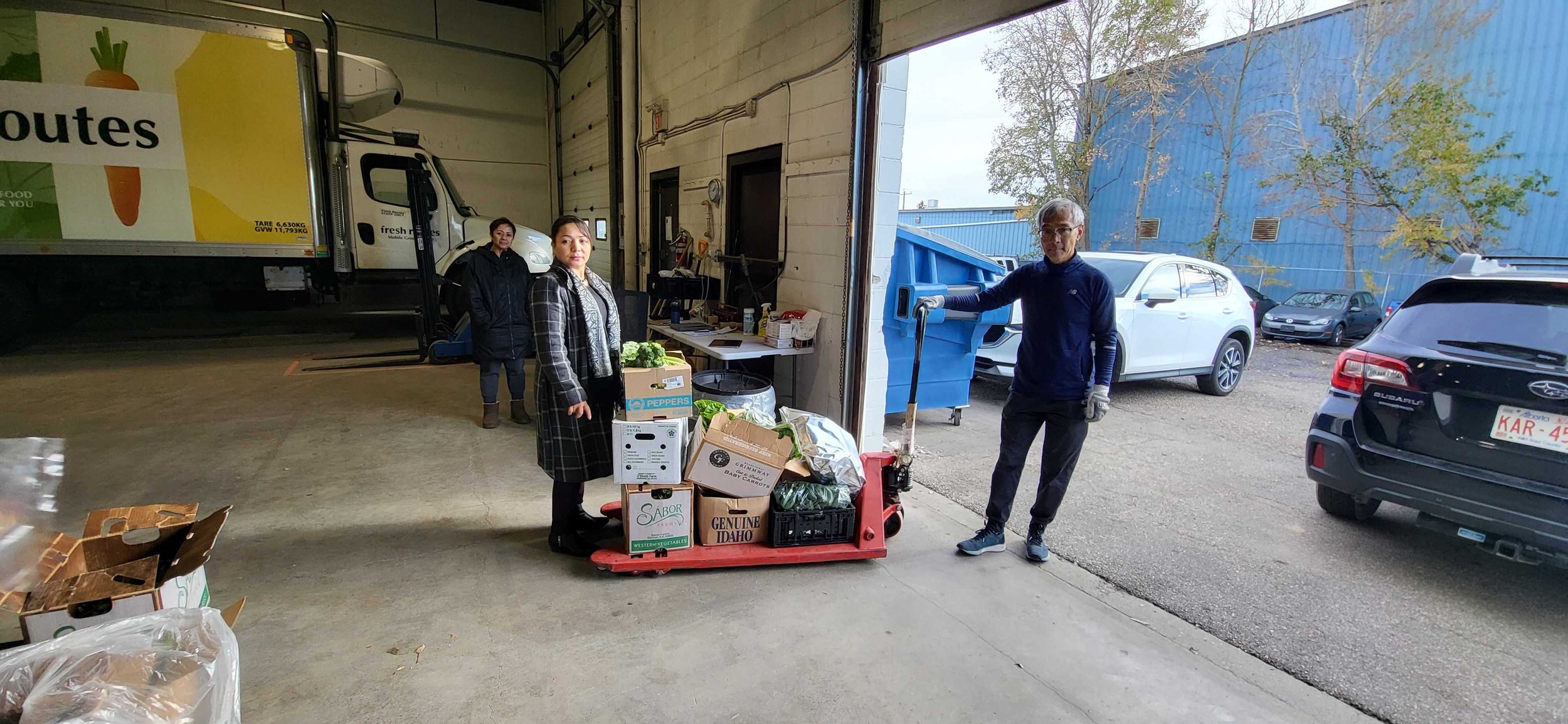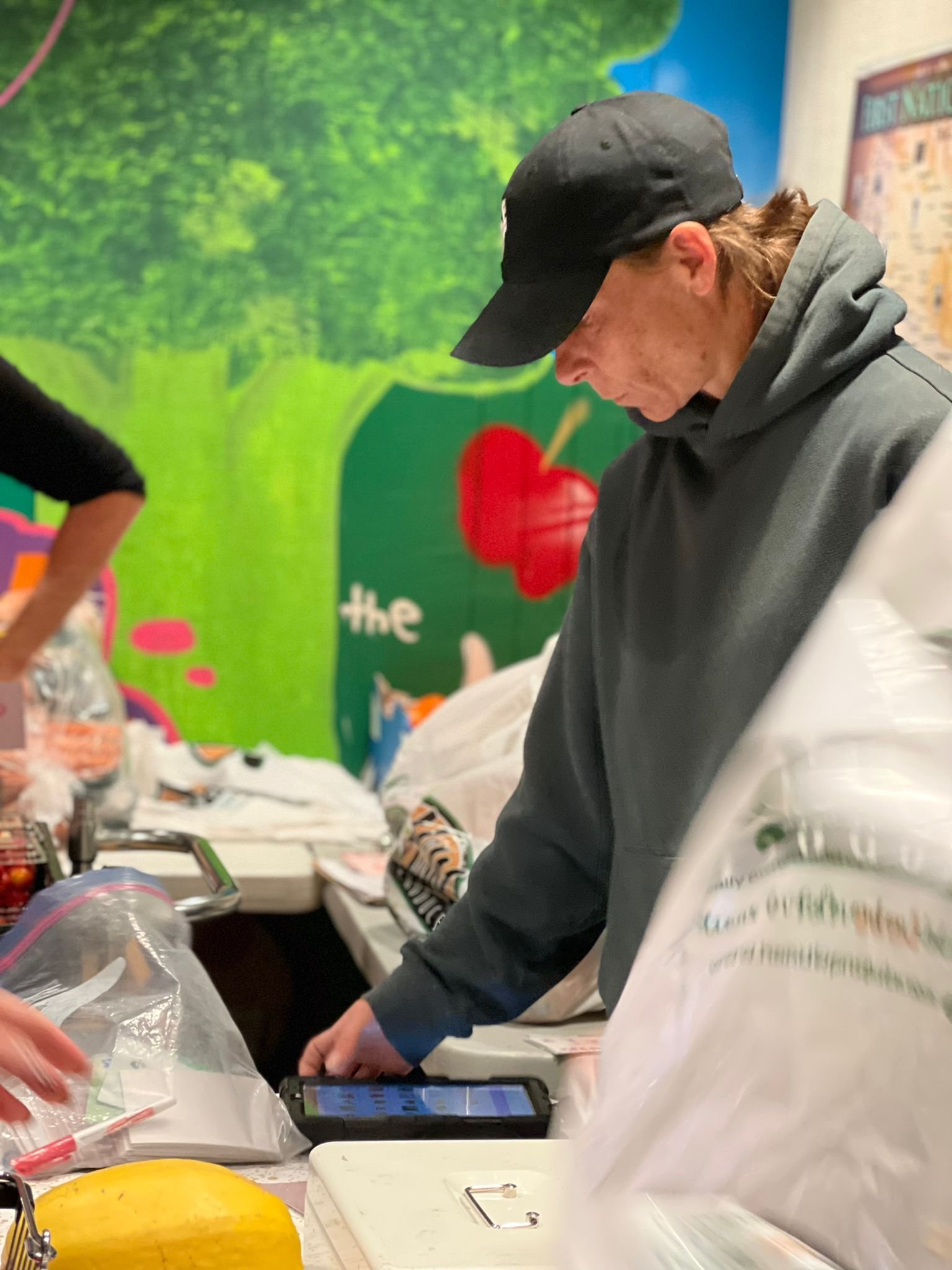Policy Priorities

The Priorities:
Appropriate Funding: Invest $300 million over 3 years in a Community Prosperity Fund for nonprofits to address the impacts of the pandemic, inflation, and historic under-resourcing to ensure this essential sector is here for Albertans when they need it most.
A Workforce Strategy: Undertake a labour market study and strategy to stabilize the nonprofit workforce through addressing recruitment and retention concerns.
Better Data Collection: Collaborate on data collection to ensure government and nonprofits can be more effective through data informed actions.
A Door To Government: Explore creating a dedicated space in government to share challenges, successes and opportunities with renewed partnership from the Government of Alberta to address them.
An Empowered Sector: Make funding go further by cutting red tape and sharing decision-making with nonprofits on the most effective allocation of government dollars.
Budget Submission 2024-25
Nonprofits employ nearly 300,000 Albertans and together contribute $5.5 billion to the economy every year. They provide food and basic needs, settlement and senior supports, sports and recreation, arts and culture, entrepreneurship, environmental health – and more.
An Ipsos poll conducted in November 2023 shows that 20% of Canadians and 24% of Albertans are currently using charitable services to meet their essential needs [i].
The provincial budget for 2024-25 will be released at the end of February 2024, and the time to make a budget submission is now. The Government of Alberta has officially opened the submissions portal for the budget 2024 consultation, inviting Albertans to contribute their input in shaping the budget. We strongly encourage all nonprofit organizations to actively participate in this process by making a submission, to help ensure that our collective voice is heard. The overarching policy priorities can be submitted alongside your specific priorities – you can choose any or all to include with your budget submission. We also recommend sending a copy of your budget submission to the Minister and critic of the Ministry your nonprofit closely collaborates with.
Together, let's ensure that the 2024 budget truly represents the interests and aspirations of our sector. Let's make our voices heard!
In 2022, CCVO performed a survey of Alberta nonprofits with 331 respondents on the effects of the pandemic, which is referenced throughout.
THE NONPROFIT VOTE IS SHARING STORIES FROM NONPROFITS THAT SUPPORT ALBERTA.
1. Appropriate Funding: Establish a Community Prosperity Fund
A Community Prosperity Fund begins to reverse historic stagnation in nonprofit funding (provincial investments to Alberta nonprofits have not been indexed to inflation or population growth for over a decade), relieves strain among nonprofit workers and organizations, and supports the technological and social evolution demanded of the sector.
A Community Prosperity Fund is a critical investment in social infrastructure: the programs and services, amenities, relationships, and structures that make a community an appealing place to live. These are the assets of a nation, region, city, or neighbourhood that contribute to quality of life, supporting individuals and communities to create a resilient, just, equitable, and sustainable society.
A Community Prosperity Fund aimed at the emerging needs of the sector will have clear and measurable economic benefits for Alberta, such as:[ii]
Creating jobs - A $300 million investment for social infrastructure will create approximately 4,800 jobs while the same dollars in construction would create just under 2,000 jobs. Nonprofits are essential job creators that can deliver services efficiently and effectively, currently employing 285,000 people.
Promoting safety, community, and well-being - Social infrastructure investments have benefits including social capital, trust, sense of belonging, volunteerism, participation in community activities, safety, and wellbeing. This fosters economic development and reduces downstream costs in healthcare and the justice system.
Attracting future investment - Creating a Community Prosperity Fund for nonprofits will allow organizations to invest in social innovators – people who can increase nonprofits’ entrepreneurship and who have insight into how the province may be best positioned to move forward.
Priority areas in the Community Prosperity Fund are to be reviewed annually and adjusted as needed. Impacts of the Fund will also be tracked annually and evaluated at the end of the three-year commitment with the possibility of renewal. This investment comes with a commitment to maintain or restore core funding streams to the nonprofit sector, such as CFEP (Community Facility Enhancement Program), CIP (Community Initiatives Program), the Civil Society Fund, and Family and Community Support Services (FCSS), with a plan to index funds to inflation.
A Community Prosperity Fund enables our Province to provide services that improve and save lives and ensures its long-term economic health.
48% of survey respondents were concerned about persistent reduced revenue.
Fewer than 1/10 applications to the Civil Society were successful over 2020-2022, with $20 million of $448.5 million requested disbursed in three rounds [iii].
53% of survey respondents identify concerns about recruiting new staff; 55% identify concerns with retention.
2. A Workforce Strategy: Develop a Nonprofit Sector Labour Force Strategy
Develop a workforce strategy with and for the nonprofit sector in Alberta. Start with a labour market study that gives insight into broad labour market trends, as well as diversity within the sector, using disaggregated labour market data. Explore the viability and feasibility of reinvigorating an HR Sector Council for the nonprofit sector in Alberta.
Our recent research has shown significant concern among nonprofits over recruitment and retention of staff. There is a lack of labour market information in Alberta regarding the nonprofit sector workforce such as: comparable salaries in other sectors, wage gaps across gender and socioeconomic lines, number of qualified candidates, or need for more trained individuals in specific professions. Lack of information makes it difficult for organizations and government to effectively plan and support nonprofit employees, based on composition and trends over time. A workforce study and strategy sets up the nonprofit sector to make recommendations on - and take advantage of - government programs aimed at building a strong Alberta labour market. Work Integrated learning, for example, can provide opportunities to train a workforce with the skills the nonprofit needs, through government-funded practicums and internships.
Reliable and consistent labour market information specific to the nonprofit sector in Alberta will enable nonprofits to achieve fair, stable, and productive workplaces by identifying emerging trends and challenges, measuring the progress of workforce initiatives, and comparing across industries and sectors. Publicly available data sets of the workforce in Alberta exist, generated by the Government of Alberta through the OpenData website.[vii] However, these are not specific to the nonprofit sector. Federal level data is more detailed regarding the nonprofit sector, providing information such as GDP generated by sector, jobs created, and demographics of employees in the sector. These data show that women, immigrant, and visible minority employees hold the highest number of jobs in the nonprofit sector,[viii] while men are paid more in average annual salaries and hourly wages.[ix] The data also help build an understanding of part-time versus full-time work. [x] While helpful, this data lacks information about demands on the sector, capacity within the sector, and more detail (disaggregated data) about its people. Due to the diversity found within the nonprofit sector in Alberta, the experiences of women and individuals with intersecting factors is one that requires more attention.
Now more than ever, the nonprofit workforce needs support as organizations grapple with the added stress of the pandemic on their employees.[xi] Addressing workforce and organizational needs in terms of workforce challenges remains an important priority if the sector is to continue to meet the growing needs of our communities.
“We receive low numbers of applications, and even fewer from applicants who are qualified.” - Survey Respondent
3. Better Data Collection: Support Sector Level Data Strategies
Ensure government collection, support and open access to nonprofit data.
Better data can address key issues identified by organizations in our sector: avoiding duplication among organizations, targeted funding to emerging needs, incentivizing training and supports in understaffed professions, and improving Diversity, Equity and Inclusion efforts.
Alberta has limited access to timely, reliable, and comprehensive nonprofit and charitable sector data as well as metrics to understand the well-being of the sector. The absence of these data makes it difficult to track sector progress and evaluate sector outcomes. Further, it is difficult for nonprofits and public servants alike to answer important questions such as: How is the nonprofit sector doing? Which parts of the sector are stepping in to support communities during emergencies? Which parts of the sector need support, why, and what types? How has the sector changed over time and why? This data is especially pertinent as we work for stability and predictability post-pandemic, and in anticipation of a recession.
The nonprofit sector will benefit from additional baseline data at the point of nonprofit registration, and open access to existing nonprofit data sources collected across Government. Support to collect more detailed data will empower the sector to monitor, understand and report on its needs, and make informed recommendations for government policies and supports.
Quality data is an important foundation for developing deep understanding and making timely, evidence-based policy decisions. This starts with the collection of timely, reliable, and comprehensive nonprofit and charitable sector data as well as a set of metrics developed specifically by the nonprofit sector. Tapping into existing data – and filling the gaps - will support government and nonprofits to make wise decisions that build capacity and sustainability within the sector, allow government to invest more strategically to support the sector, and ensure that the nonprofit sector can continue to be an efficient and effective partner over time.
CCVO is now the holder of the most comprehensive list of nonprofits in Alberta. Analyzing, sharing, and updating the data will take resources, time, investment, partners, and increased capacity in the nonprofit sector.
50% of respondents want better access to timely and reliable data about the nonprofit sector.
“Very few grants allow the use of funds for ongoing operational costs, so how is a nonprofit supposed to retain staff?” - Survey Respondent
4. A Door To Government:
Create a Meaningful Nonprofit Sector Presence in Government
Work closely with nonprofit organizations to explore a more robust, efficient, and transparent presence for the nonprofit sector and our interests within the Government of Alberta for the benefit of all Albertans.
The needs of the nonprofit sector are often overlooked or cannot be adequately and efficiently addressed by government because there is no clear presence in government that oversees and represents the interests of the sector as a whole. The lack of emergency funding dedicated to nonprofits during the pandemic is just one example of a gap in critical provincial policy for the nonprofit sector in Alberta. While the sector has collective policy interests, there is no direct line to government to coordinate a response. Both the Alberta Nonprofit /Voluntary Sector Initiative (ANVSI) and the Premier’s Council on Charities and Civil Society currently lack a clear mandate to do so.
We are requesting support for CCVO to conduct a feasibility study on the notion of a ‘home in government’ for the nonprofit sector, to consult on the options, and to make recommendations on a framework agreement that includes:
A mandate that considers common needs of the breadth and depth of the sector in areas of shared interest, such as advice, coordination of programs and services development, engagement, and administrative burden.
The level of political accountability a home in government should hold (e.g., Minister, Associate Minister, Parliamentary Secretary).
The form of administrative structure a home in government should take (eg. Ministry, Division, Secretariat, Branch, Unit).
The location a home in government should occupy (eg. which Ministry).
Functionally, a home in Alberta government includes a dedicated political and administrative structure that coordinates policy development across ministries, engages effectively on behalf of the government with Alberta’s nonprofit sector, and ensures policies and programs address the sector’s unique challenges. This structure would better enable the sector to contribute to the government’s policy agenda, the lives of Albertans, and the economy.
A home in government can lead to better outcomes. It has been a longstanding topic of discussion in the sector, and we welcome further consultation on what kind of model would work best for Alberta.
70% of survey respondents want a “home in government” for Alberta nonprofits within the provincial government.
5. An Empowered Sector: Increased Impact of Provincial Investments
Increase the impact of existing investments by improving processes and cutting red tape. In collaboration with Alberta nonprofits, conduct a review of current funding processes and develop a transparent investment model that includes nonprofit perspectives in funding decisions that impact them and the people they serve.
The pandemic revealed that in a crisis, it is crucial to be able to move quickly and nimbly. While nonprofits continued to provide essential services and make rapid changes as the world shifted, funding did not adapt to keep up. Funding mechanisms that put nonprofits closer to the decision-making processes will help make funding more responsive, impactful, and efficient.
Many current government funding models that determine the flow of funding to nonprofit organizations in Alberta are internally directed through administration in the Government of Alberta. This approach excludes the perspectives of those working in nonprofits, who are intimately connected with what is happening on the ground and are an important source of information and expertise.
Experts suggest that including nonprofit perspectives can lead to better outcomes, and better reflect the actual cost of running programs and services. For example, the Canadian Institute for Health Research CIHR “invites experts with various perspectives from the health research community (e.g., health researchers, health related professionals, policy makers, community leaders, patients and citizens, etc.) to become members of review committees”. These experts then make recommendations to CIHR staff and partners for final decisions to be made.[iv] Other examples of potential peer review models include:
“Lotteries: Random allocation of funding by lottery – either across all awards, or following initial triage to remove those which are not of sufficient quality for funding
Self-review: Review of applications by the applicant pool
Open peer review: More transparency in the peer review process – from sharing of reviewer identities to open publication of funding applications and accompanying review
Broadening participation/crowdsourcing: Involvement of different groups in the peer review process – from wider disciplines, through research users (e.g. patients, clinicians) to the general public, including ‘crowdsourcing’ approaches
Innovation prizes: Rather than awarding funding for research, offer prizes for answering a particular challenge or problem
Using new technology to enhance the funding review process: Using technology to support and improve the grant funding process, by facilitating peer review panel meetings, helping identify peer reviewers, and supporting the review of the quality and novelty of research.”[vi][viii]
75% of survey respondents would like to see changes to current provincial funding models and practices.
64% of respondents would like to see supports for innovation and the development of social enterprises.
“The current funding models require outcomes in a ten-to-twelve-month funding periods. Lives don’t change, people don’t heal in that time. Our clients need to know we WILL be here for them next year, and the year after as we launch them into the next phase of their journey.” Survey Respondent
“Our insurance costs, rental costs, and IT security costs have all gone up - but grants don't like to pay for these expenses. Yet, they are critical to us providing mental health supports, to dealing in the risk of providing these types of services to these types of populations and providing virtual options for service.” Survey Respondent
Support These
Policy Priorities

References
[i] IPSOS. (2023) Two in 10 (20%) Canadians Are Currently Using Charitable Services to Meet Their Essential Needs e.g Food, Shelter, Clothing. Retrieved from: https://www.ipsos.com/en-ca/two-in-10-canadians-are-currently-using-charitable-services-to-meet-their-essential-needs
[ii] Yousifshahi, Marokh, Mahmood, Esha, and Briggs, Alexa, “Community Prosperity Now: A Blueprint for Community Recovery” Calgary Chamber of Voluntary Organizations, June 2021, https://static1.squarespace.com/static/5aef5b46cef3728571e6c46c/t/60d2408308297e757dd004c9/1624391812904/CCVO+Community+Prosperity+Now+Report_June+2021.pdf.
[iii] “Budget 2022 and Community Prosperity in Alberta: Initial Analysis from CCVO”, Calgary Chamber of Voluntary Organizations, February 25, 2022, https://www.calgarycvo.org/ccvo-blog-news/alberta-budget-2022-initial-analysis.
[iv] Credit to Geoff Braun, Director Policy at the Muttart Foundation for producing this analysis.
[v] “Peer Review Overview”, n.d., Canadian Institutes of Health Research, https://cihr-irsc.gc.ca/e/39380.html.
[vi] Guthrie, Susan., “Innovating in the Research Funding Process: Peer Review Alternatives and Adaptations Horizon Scan”, Academy Health, November 2019, https://academyhealth.org/sites/default/files/innovatingresearchfundingnovember2019.pdf.
[vii] Government of Alberta. Open Data. https://open.alberta.ca/opendata
[viii] Statistics Canada. Table 36-10-0651-01 Employment in the non-profit sector by demographic characteristic. https://www150.statcan.gc.ca/t1/tbl1/en/tv.action?pid=3610065101
[ix] Statistics Canada. Table 36-10-0651-01 Employment in the non-profit sector by demographic characteristic. https://www150.statcan.gc.ca/t1/tbl1/en/tv.action?pid=3610065101.
[x] Statistics Canada. Table 36-10-0650-01 Employment in the non-profit sector by type of worker. https://www150.statcan.gc.ca/t1/tbl1/en/tv.action?pid=3610065001
[xi] Lasby, David and Barr, Cathy. “Imagine Canada’s Sector Monitor The uneven impact of the pandemic on Canadian charities”. Imagine Canada, August 2021,https://imaginecanada.ca/sites/default/files/Sector-Monitor-The-uneven-impact-of-the-pandemic-on-Canadian-charities.pdf




